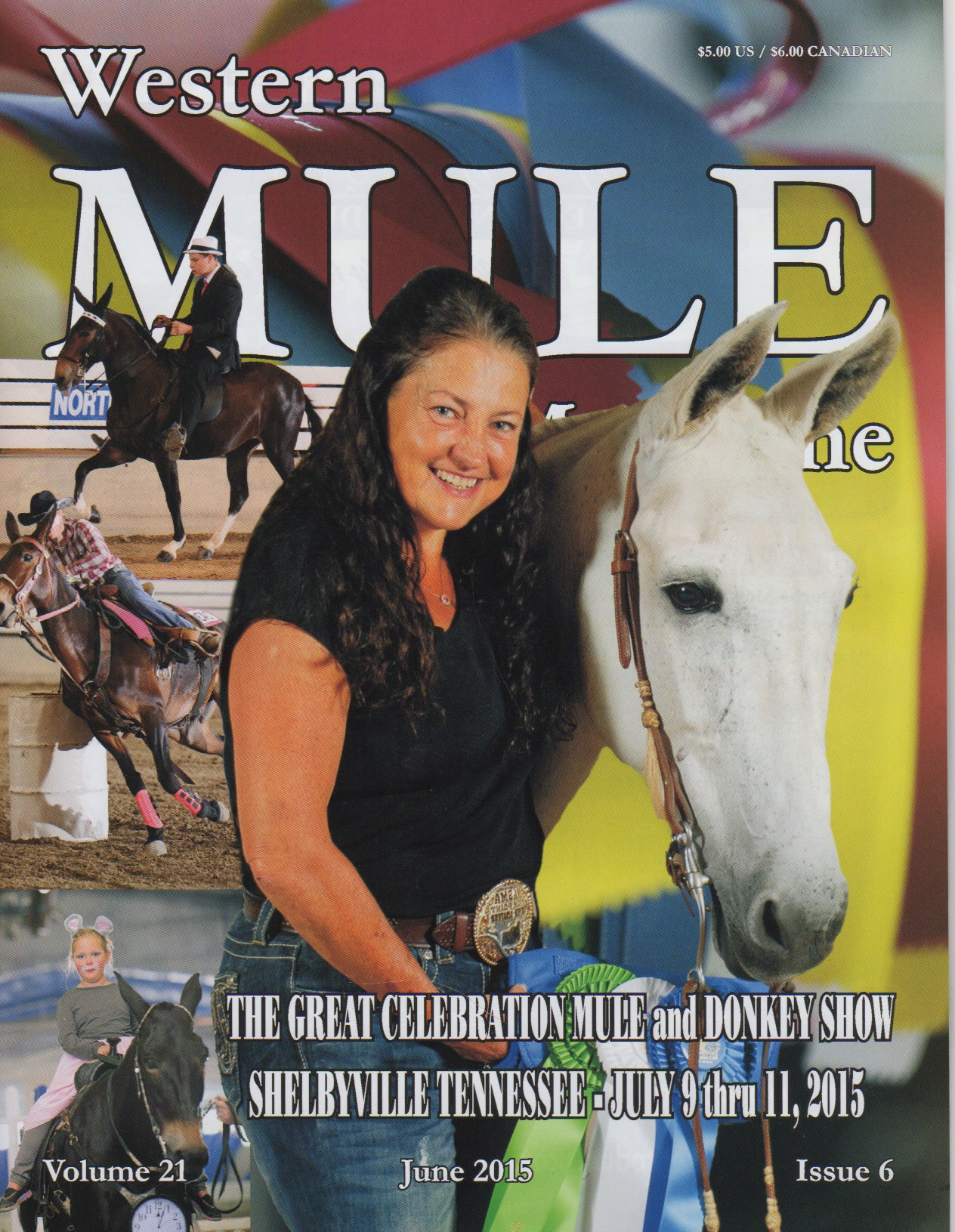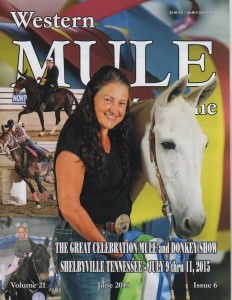 Dihydrogen Monoxide Concerns When Camping – As Published in Western Mule Magazine, June 2015
Dihydrogen Monoxide Concerns When Camping – As Published in Western Mule Magazine, June 2015
For those of us in the know summer means camping with mules. What could be a better escape than a camping trip with your mule? No traffic jams, no emails, no rush. Just the sounds of nature, a crackling fire, a burbling stream, and of course your mule. Sounds idyllic doesn’t it? There is however a danger that we must address before we leave the house. Dihydrogen Monoxide.
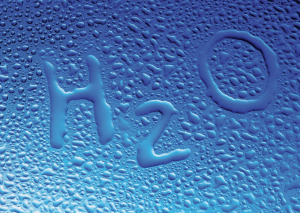 This odorless, transparent, material is the only inorganic liquid that appears naturally on earth and is the only chemical compound that can occur naturally as a gas or solid as well as a liquid. Although this material can be deadly in excess, causing over a thousand deaths in the US annually, in the proper quantities it is vital to life. Composed on two molecules of Hydrogen and one molecule of Oxygen; H2O should be a major concern for anyone choosing to camp with mules.
This odorless, transparent, material is the only inorganic liquid that appears naturally on earth and is the only chemical compound that can occur naturally as a gas or solid as well as a liquid. Although this material can be deadly in excess, causing over a thousand deaths in the US annually, in the proper quantities it is vital to life. Composed on two molecules of Hydrogen and one molecule of Oxygen; H2O should be a major concern for anyone choosing to camp with mules.
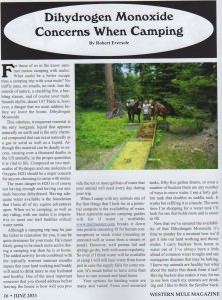 The main danger in H2O is of course not having enough and having our animals become dehydrated. Having adequate water available is the foundation that I base all of my equine adventures upon. When we’re camping, as well as day riding, with our mules it is imperative to meet our trail buddies critical water needs.
The main danger in H2O is of course not having enough and having our animals become dehydrated. Having adequate water available is the foundation that I base all of my equine adventures upon. When we’re camping, as well as day riding, with our mules it is imperative to meet our trail buddies critical water needs.
Although a camping trip may be a just the ticket to relaxation for you, it can be quite strenuous for your mule. He’s most likely going to be much more active during a camping trip than he is at home. The added activity levels combined with the typically warmer summer months means that your hard working trail buddy will need to drink more to stay hydrated and healthy. One of the most important concerns that you should address before leaving the house is how will you provide the 10 or more gallons of water that your animal will need every day during your trip.
When I camp with my animals one of the first things that I look for in a potential campsite is the availability of water. Most reputable equine camping guides will list if water is available. www.trailmeister.com breaks it down into potable (meaning fit for human consumption) or stock water (meaning an untested well or water from a stream or pond). However, well pumps fail and springs go dry, both with some regularity. So even if I think water will be available at camp I will still haul water from home just in case the supply fails for some reason. It’s much better to have extra than have to turn around and head home.
Your options for hauling water are many and varied. From roof mounted tanks, 55 gallon drums, or even a number of buckets there are any number of ways to move water. I use a 40 gallon tank that doubles as saddle rack. It works but refilling it is a hassle. The next time I’m shopping for a water tank I’ll look for one that holds more and is easier to fill.
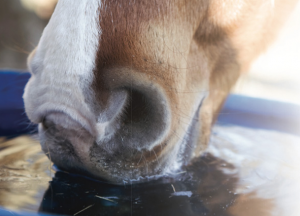 Now that we’ve ensured the availability of that Dihydrogen Monoxide it’s time to ponder for a moment how we’ll get it into our hard working and thirsty mules. I carry buckets from home to water out of. I’ve always been a little afraid of common water troughs and any contagious diseases that may be lurking. I know my animals are healthy but what about the mules that drank from it last? Having buckets also makes it easy for me to see how much my animals are drinking and I like to think the familiar buckets make it more likely that they’ll drink water that lasts different from that at home.
Now that we’ve ensured the availability of that Dihydrogen Monoxide it’s time to ponder for a moment how we’ll get it into our hard working and thirsty mules. I carry buckets from home to water out of. I’ve always been a little afraid of common water troughs and any contagious diseases that may be lurking. I know my animals are healthy but what about the mules that drank from it last? Having buckets also makes it easy for me to see how much my animals are drinking and I like to think the familiar buckets make it more likely that they’ll drink water that lasts different from that at home.
The old saying is true. You can lead a mule to water but you can’t make him drink. Some mules may not approve of the taste of a new water source. We may not be able to make our animal’s drink but we can certainly help them want to drink with these three simple tips.
- Mix some of the water you brought with what is available at the campground.
- Disguise the taste of the new water. If your mule has a history of refusing water start adding a flavoring agent such as a small amount Gatorade or apple cider vinegar to his water a few days before your camping trip. Continue this while camping and the new water will smell and taste like what he has at home.
- Soak his hay before you feed. A flake of hay can hold about a gallon of water. So if your mule won’t drink his water let him eat it.
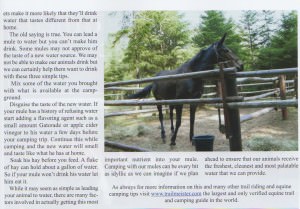 While it may seem as simple as leading your animal to water, there are many factors involved in actually getting this most important nutrient into your mule. Camping with our mules can be every bit as idyllic as we can imagine if we plan ahead to ensure that our animals receive the freshest, cleanest and most palatable water that we can provide.
While it may seem as simple as leading your animal to water, there are many factors involved in actually getting this most important nutrient into your mule. Camping with our mules can be every bit as idyllic as we can imagine if we plan ahead to ensure that our animals receive the freshest, cleanest and most palatable water that we can provide.
As always for more information on this and many other trail riding and equine camping tips visit www.trailmeister.com the largest and only verified equine trail and camping guide in the world.


